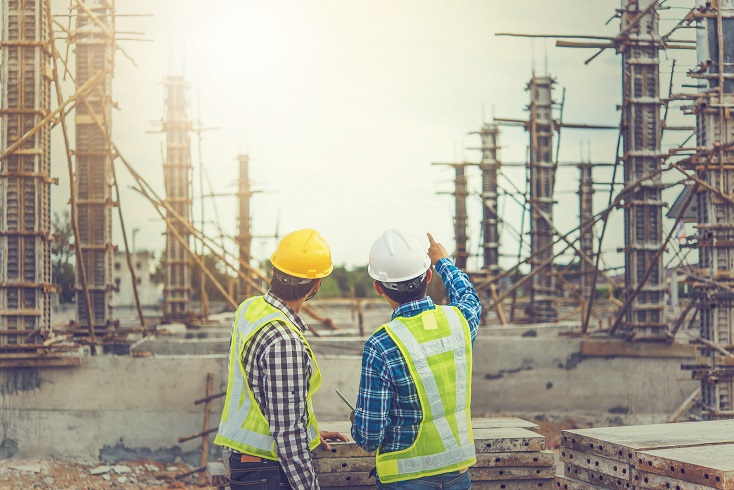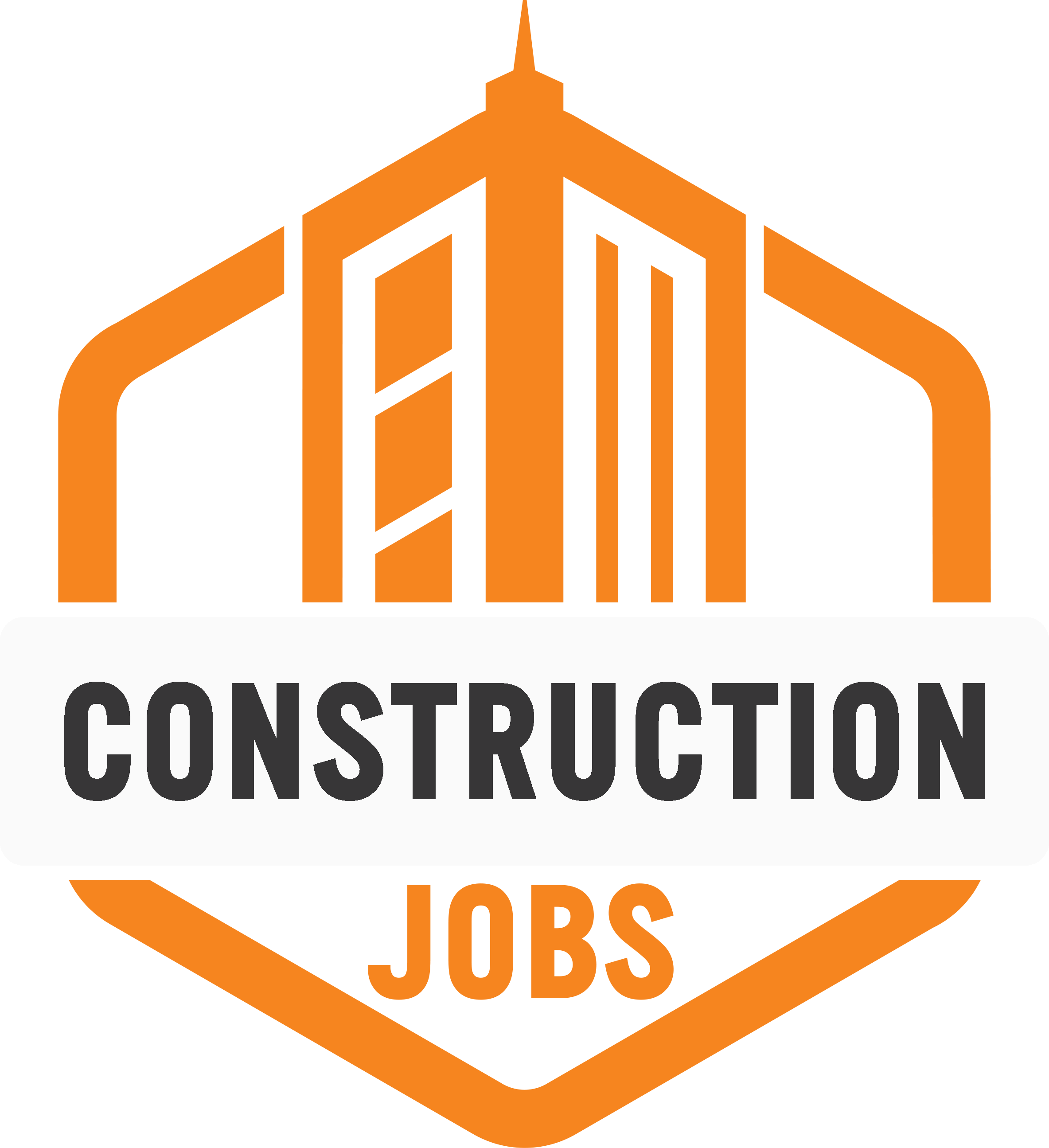Keys to Mitigating Health Risks in Construction
Prioritize worker health & safety in construction through risk analysis, safety equipment, and mental health support.

While working in the construction industry can be very rewarding, it is still one of the most dangerous professions in the world. While the numbers have decreased over the years, we still see around 1000 work-related deaths per year, so it is up to construction managers to figure out what to do next to continue to bring this number down further, and hopefully one day, to zero.
As the world of construction continues to evolve, so does our understanding of how to keep workers safe. Part of that is remembering that it isn’t only physical hazards that can be an issue, but mental pain as well. To help keep your construction site safe, we have compiled some tips that managers can put in place today to prioritize employee health.
Analyze and Prepare for Risks
Whether it is being watchful of the risks associated with COVID-19 or determining if a building is safe for employees to enter, it is the job of management to run reports, talk to experts, and predict all possible risks before sending in any workers. It is important to remember that risks come in many forms, from technological issues like equipment malfunctions and power surges to locational risks such as fires and dangerous storms. Managers should analyze all of the potential risks, even if they have not experienced them before.
For instance, many older properties and construction sites are home to dangerous substances, including asbestos. Exposure to this substance is very dangerous and could lead to lung cancer or mesothelioma, and getting sick is as easy as breathing in the tiny fibers. With that said, managers should have inspectors come into older buildings to test for asbestos before a single worker can enter the premises. Asbestos is just one of many dangerous substances and chemicals that can be present within a worksite. The risks of carbon monoxide poisoning, lead poisoning, and even breathing in dust can also cause life-threatening injuries.
In addition to regular inspections, managers should also actively communicate with their workers, especially when potential dangers are present. Have a huddle every morning and remind everyone to watch their surroundings and wear the required safety equipment. Also, encourage everyone to come to management if they see a dangerous situation so it can be fixed immediately.
Guard Against Physical Risks
Physical risks are a major concern when working on any construction site. Common injuries include being struck by large tools or pieces of machinery, falling from heights, and becoming a victim of an unintended building collapse. All of these issues reinforce the importance of wearing proper safety equipment, including hard hats and gloves, and management should enforce the use of these safety precautions and hold any employee accountable who does not follow the guidelines.
While some construction tools can be dangerous, it is often not just the sharp ends and electricity involved but also the constant vibrations and ear-piercing sounds they produce. To prevent common ailments like hand and vibration syndrome (HAVS), workers should be educated on the signs, such as tingling hands, so they know to stop using the tool before it is too late. Loud machines can also damage an employee's ears if used continuously over time. While these machines may be necessary to get the job done, management should enforce the use of earplugs and headphones so the damage does not become more severe.
It can be easy to forget, but repetitive work of any kind can be dangerous over time if not handled appropriately. Repetitive work can include anything from constant hammering to tile work that may not seem bad at first, but over time, the same movements can cause damage to ligaments and muscles. If the current job requires a lot of repetitive work, it is up to management to provide the proper breaks and ergonomic equipment to get the job done while causing as little physical damage as possible.
Don’t Forget About Mental Health
Another consideration that managers often don’t think about is the impact that construction can have on an employee’s mental health. Physical labor can be punishing work, and the repetitive nature, dangerous situations, and perceived stigma in the construction industry that workers cannot express their true feelings are not only dangerous, but are is leading many to commit suicide. Construction managers must recognize this threat and take appropriate actions to mitigate the chances of this terrible outcome.
The best thing you can do is encourage communication amongst your workforce. Managers should enact an open-door policy: anyone can come in and speak about any troubles they are having without judgment, and swift action will be taken to improve the situation. There should never be an outcome where an employee is having a mental breakdown because they had no one to confide in.
Fatigue can also be a factor in diminished mental health, as construction crews are often required to work long hours every day and sometimes over 50 hours per week. To ensure that your crew has time to regroup between tasks, managers should assign regular breaks and require them to be taken accordingly. If necessary, arrange shorter shifts, especially at night, and allow your staff to take time off when they need it. Finally, train your team on the signs of fatigue, which include sleepiness, headaches, slowed responses, and impaired decision-making. If an employee feels these symptoms, management should be notified immediately, and action must be taken.
Those who work in construction are the backbone of our country because they create the structures and buildings that allow the rest of us the chance to thrive in our own careers. Managers need to recognize the hard work that their employees put in and ensure that they have everything they need to remain safe and secure.
Author: Amanda Winstead is a freelance writer in the construction industry
- Share This →

